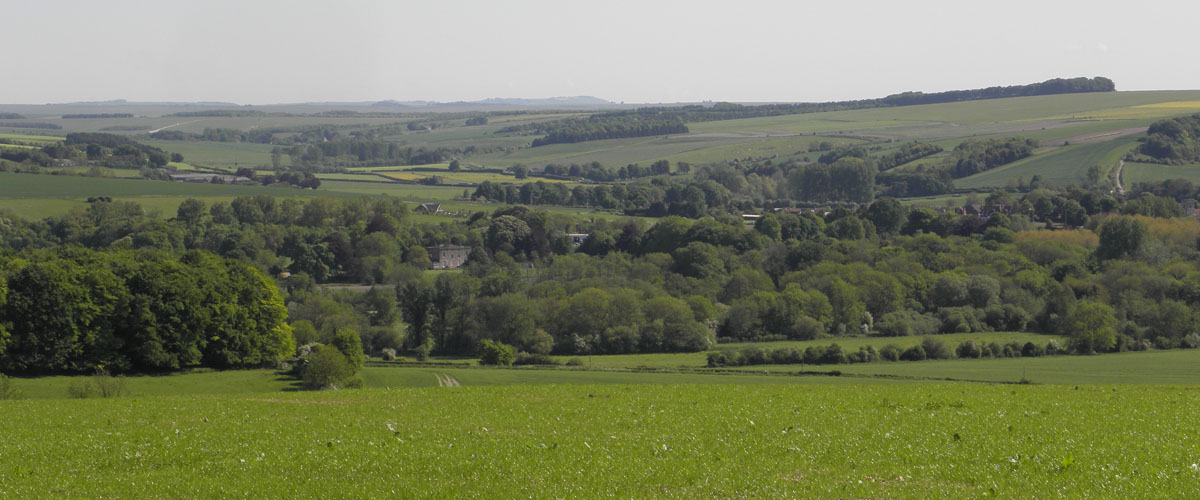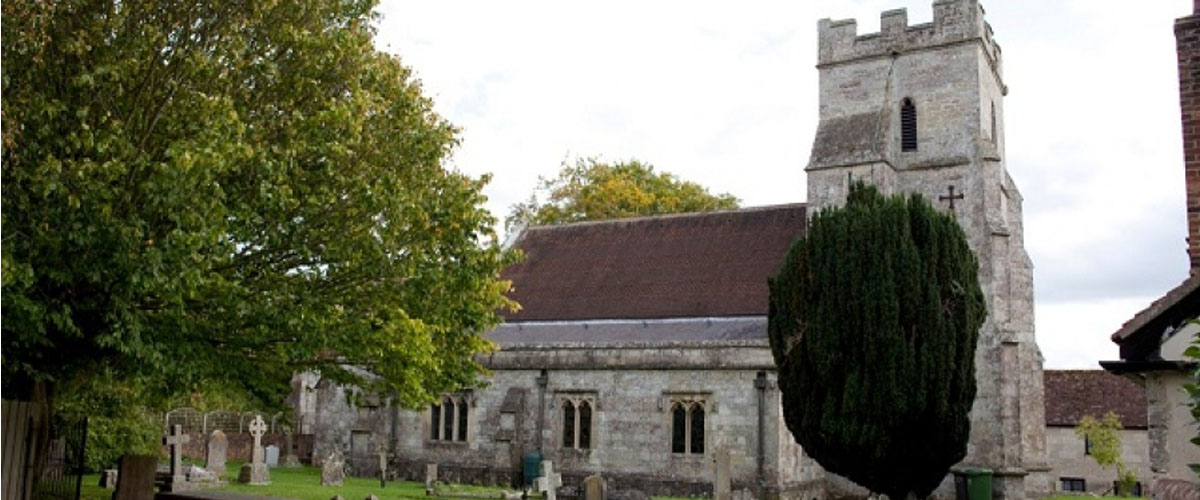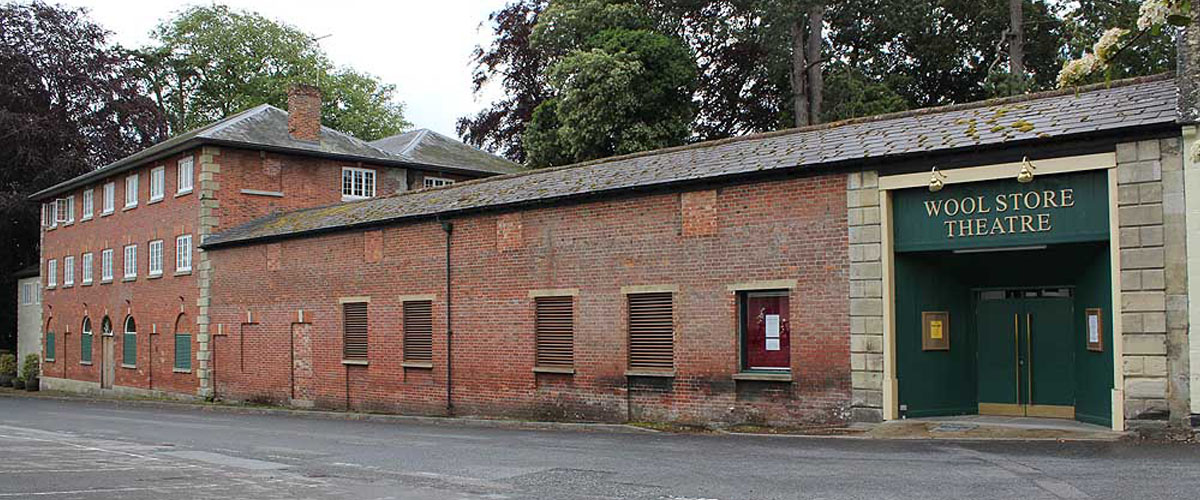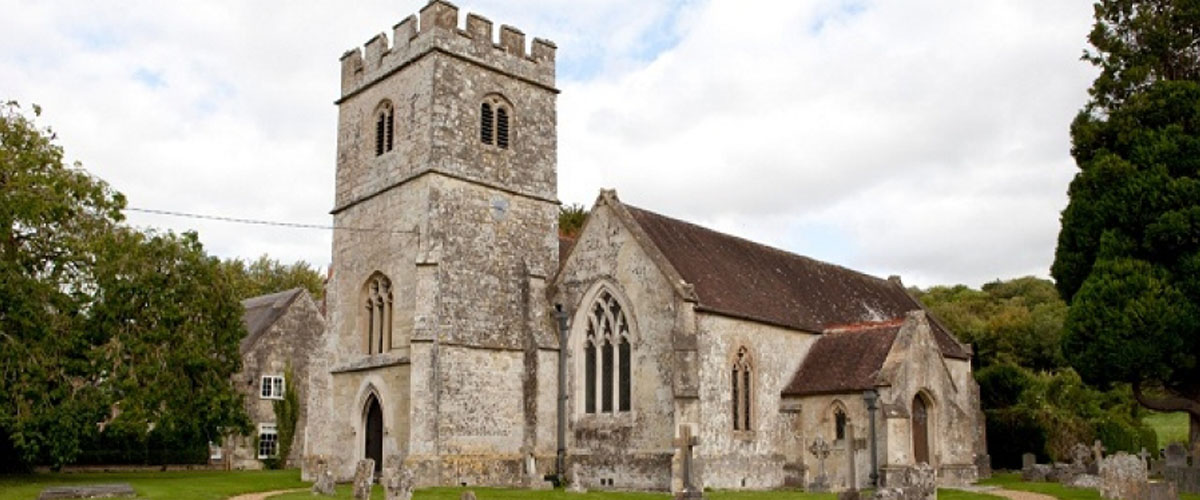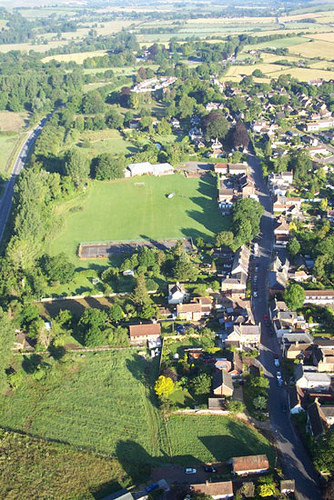 The Codford of the 21st Century was once three settlements-Codford St Mary, Codford St Peter Ashton Gifford. The village is off the A36 trunk road, 14 miles from Salisbury to the east and 7 miles from Warminster to the west. The Codford Bypass was built in 1990 taking the heavy traffic away from the village. To the south is the beautiful Wylye Valley and to the north the vast expanse of Salisbury Plain, the largest military training ground in Europe.
The Codford of the 21st Century was once three settlements-Codford St Mary, Codford St Peter Ashton Gifford. The village is off the A36 trunk road, 14 miles from Salisbury to the east and 7 miles from Warminster to the west. The Codford Bypass was built in 1990 taking the heavy traffic away from the village. To the south is the beautiful Wylye Valley and to the north the vast expanse of Salisbury Plain, the largest military training ground in Europe.
Codford has Bronze Age burial mounds and Romano British settlements, the village owes its name to the river, in 906 it was known as Codan Ford “Ford of a man called Cod[d]a” or possibly Co-ed-ford meaning ‘the wooded ford.” In 1086 the Domesday Book calls it ‘Coteford’ and in 1291 we have Codeford Sancte Marie & Sancti Petri, named for the two church’s still used today- St Mary’s and St Peter’s. St Peter’s has one of the most important pieces of 9th century Saxon carving known as the Codford Shaft – St Mary’s used to house the medieval Codford Chalice, mentioned in the inventory of church goods commissioned in 1553 in the final days of the reign of Edward VI. The Chalice is now in the care of Salisbury Cathedral.
The twin villages were turned into military encampments during two world wars. In WWI Codford had 15 camps while the other villages in the Wylye Valley had 12 between them. In WWI troops mainly from Britain, Australia and New Zealand were here, we have a chalk hill figure of the Australian Badge carved on Lamb Down originally in 1916-covered in WWII and cut again when hostilities ceased. Also known locally as The Codford Badge or the Rising Sun every summer a work party of locals together with military personnel from Australia and New Zealand work to clean, re-cut and re-chalk as needed.
Codford has a Commonwealth War Grave Cemetery known locally as the ANZAC Cemetery off Church Lane near St Mary’s Church. This is the largest WWI New Zealand cemetery and the second largest Australian Cemetery in the UK. On 25th April ANZAC Day at 6.30 am there is a service in the Cemetery following the format of the services in Australia and New Zealand with a Roll of Honour for the 66 New Zealand, 31 Australian and single British soldier, casualties of sickness and accidents in WWI. The Cemetery also has the grave of a lone Welsh Guardsman from WWII.
During WWII it was the British, Americans and finally the Poles who were based in the village. Early in the war the 6th Guards Armoured Brigade arrived in Codford with their Covenanter then Churchill tanks. Elite regiments of the Grenadier, Coldstream, Scots and Welsh Guards camped close to the main area of settlement between 1941-1943.
The modern village has what is believed to be the only village theatre owned by its own amateur company in the country in the old Woolstore. We have a doctor’s surgery with a dispensary, a Veterinary Surgery, a primary school, a preschool [Codford Caterpillars] and an after school club [Wylye Coyotes]. A new shop opened at the beginning of 2012 with the Post Office, an Off License, a Bakery, a lottery outlet, a workshop and a garage. There is an equestrian centre, café and an Indian restaurant at Hillside, as well a large village hall complete with painted shutters of cap and regiment badges from WWII, a social club, a large playing field with a children’s play area and a couple of tennis courts. In addition to tennis there are facilities for skittles, short mat bowls, football, badminton and Petanque/Boules.
Codford is a thriving forward looking community with a very real sense of its history and its military past.
